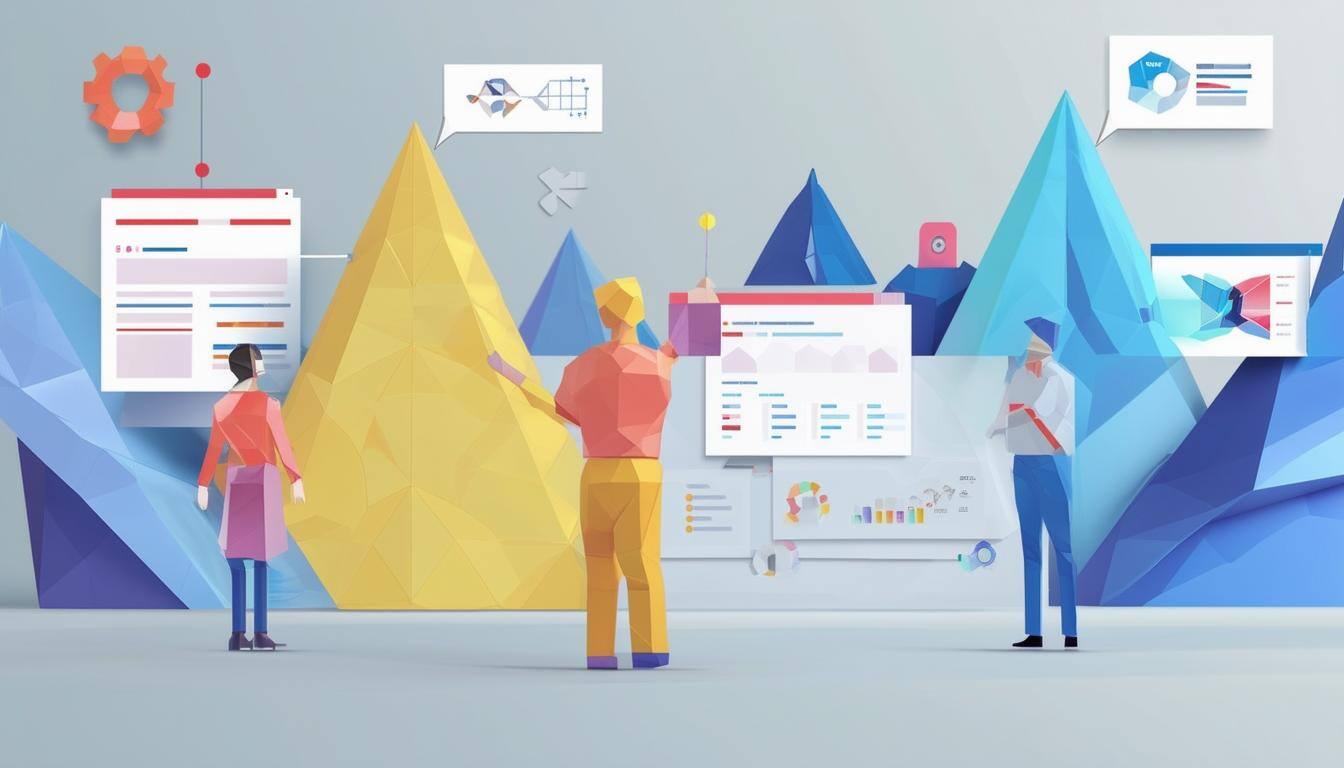From CRM to Customer Platform: The Next Evolution in Customer Management
More Than Just a CRM
Companies are evolving past the limitations of traditional Customer Relationship Management (CRM) systems. With customer expectations continually growing, businesses need more than isolated tools for marketing, sales, and service; they need a true customer platform—one that integrates data across the organisation to enable a unified, agile response to client needs. But why is this approach so essential, and what advantages does it bring in a tech landscape increasingly shaped by artificial intelligence (AI)?
Beyond CRM: Building a Truly Unified Customer Platform
Conventional CRMs, while valuable, are often narrowly focused on marketing, sales, and service functions, creating isolated “data silos” that rarely talk to each other. As your business scales, these silos can obstruct a cohesive, high-quality customer experience, with each department operating on limited information. This is where a customer platform, with custom objects and all-encompassing data flexibility, steps in.
A customer platform expands the traditional CRM model by integrating information across every part of the business. Custom objects allow your platform to go beyond basic customer details, tracking deeper insights like product use patterns, customer feedback, and service interactions. These objects can be tailored for different business functions, whether tracking manufacturing details, service history, or custom client data. By doing so, you create a comprehensive customer record that serves every team and enables everyone from support to product development to make informed, proactive decisions. For a closer look, check out our Data Model Evolution whitepaper, which breaks down how adaptable data models can enhance customer intelligence.
Why Clean, Comprehensive Data Is Essential for AI
AI is already transforming how we interact with customers, but it can only deliver true value if it has clean, well-organised data. Unlike traditional systems that only handle segmented data, a customer platform enables comprehensive data centralization, laying the groundwork for AI-driven processes that deliver powerful insights.
Consider that AI systems work best when they can access reliable, complete information. Poor-quality data—whether scattered, outdated, or incomplete—reduces the value of any AI-driven insight. With a unified customer platform, you ensure your data isn’t just stored; it’s structured and continually updated, ready to fuel predictive analytics, automated customer interactions, and real-time decision-making. Imagine having an AI that can recognise customer needs based on past behaviour and suggest product recommendations or provide predictive service support. Explore how you can enhance your data readiness for AI in our Building an Enterprise Engine with HubSpot guide.
Real-World Benefits of a Customer Platform
-
Enhanced Personalisation: With unified data, you can understand each customer’s unique journey and tailor your interactions accordingly. Personalisation becomes more sophisticated, helping to strengthen customer loyalty and drive conversions.
-
Improved Cross-Department Collaboration: When your sales, service, and product teams all work from the same data source, collaboration becomes seamless. Each team has access to customer records that offer a complete view, enabling them to make decisions that align with the overall customer experience.
-
Data Integrity and Compliance: With privacy regulations like GDPR and CCPA in force, having a central platform ensures that your data management and handling practices are consistent and compliant. A customer platform can provide built-in features for data tracking, ensuring you’re on the right side of data compliance.
-
Streamlined Reporting and Insights: A customer platform allows you to generate reports that offer actionable insights at an organisational level. Instead of viewing isolated metrics from various teams, you gain a panoramic view of the business, with insights that support strategic decision-making.
To learn more about practical benefits of customer data integration, take a look at our Business Leader's Guide to HubSpot.
How to Begin: Transitioning to a Customer Platform
Making the shift from a traditional CRM to a full customer platform requires planning. Here are a few steps to guide you:
-
Assess Your Current Data Structure: Map out what data you currently have and identify gaps in customer insights that a unified platform could fill. This audit will help you prioritize the areas where data consolidation will offer the most value.
-
Choose a Scalable Platform: Not every solution is right for every business, so choosing a platform that allows for growth is essential. Consider platforms that offer custom object creation and data flexibility so you can tailor it to your organization’s evolving needs.
-
Integrate Across Departments: Your new platform should be embraced by all departments, not just sales or marketing. Engage stakeholders from each part of the business to ensure the platform is truly cross-functional and valuable to everyone.
-
Implement and Train for Success: Once the platform is in place, ensure every team member knows how to use it effectively. Training sessions, internal guidelines, and ongoing support can all contribute to a successful rollout.
Preparing for a Future of AI-Driven Customer Experiences
Embracing a customer platform is about more than streamlining operations; it’s about future-proofing your business. As AI becomes a cornerstone of modern business, having a centralised customer platform gives you a critical advantage. AI thrives on clean, connected data—data that’s integrated, comprehensive, and up-to-date. By investing in a customer platform now, you’re setting up a foundation that can scale with your AI needs, from predictive customer insights to fully automated service workflows.
In a world where technology continues to shape how businesses engage with their customers, a customer platform isn’t just a tool; it’s a strategic asset. It’s about bringing every facet of customer data together in one place so that every interaction is informed, every decision is smarter, and every experience is designed to serve your customers better.


